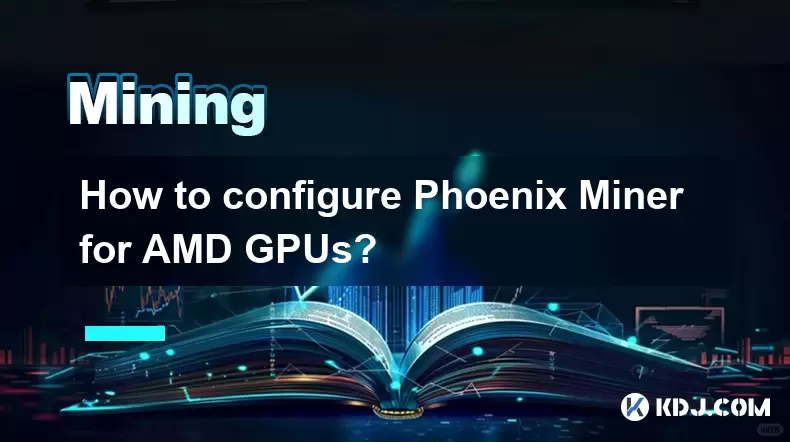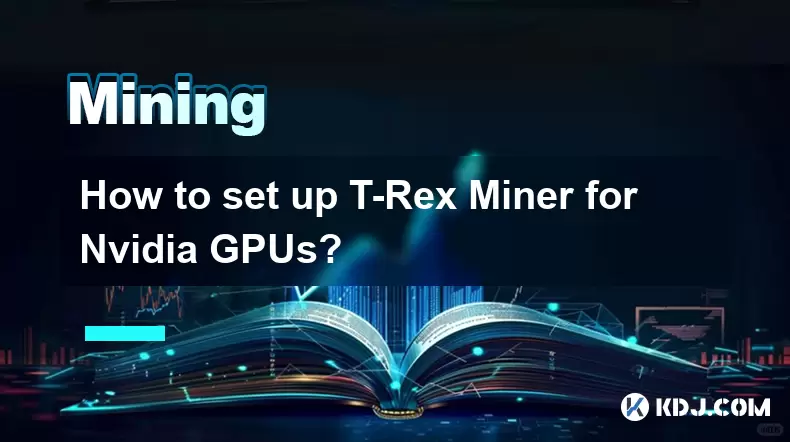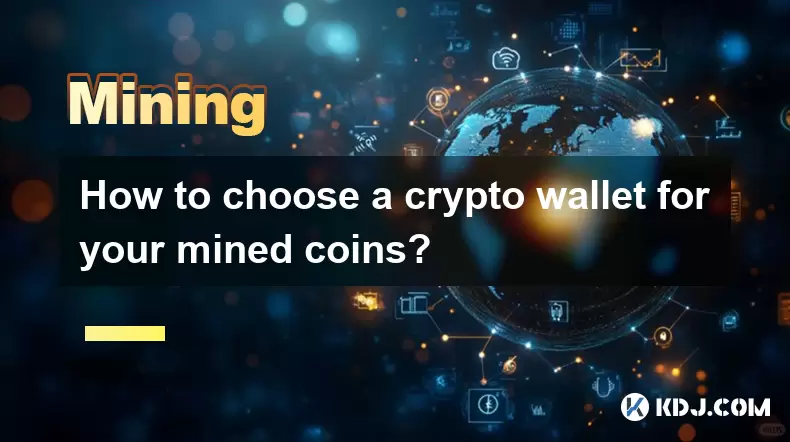-
 Bitcoin
Bitcoin $117600
0.25% -
 Ethereum
Ethereum $4424
0.10% -
 XRP
XRP $3.101
0.50% -
 Tether USDt
Tether USDt $1.001
-0.01% -
 BNB
BNB $836.2
1.26% -
 Solana
Solana $188.8
2.11% -
 USDC
USDC $1.000
0.01% -
 Dogecoin
Dogecoin $0.2301
0.57% -
 TRON
TRON $0.3485
-1.00% -
 Cardano
Cardano $0.9209
-1.34% -
 Hyperliquid
Hyperliquid $46.72
-1.19% -
 Chainlink
Chainlink $22.62
4.84% -
 Stellar
Stellar $0.4275
-0.38% -
 Sui
Sui $3.761
1.91% -
 Bitcoin Cash
Bitcoin Cash $586.7
-0.25% -
 Ethena USDe
Ethena USDe $1.001
0.01% -
 Hedera
Hedera $0.2510
2.06% -
 Avalanche
Avalanche $24.21
2.22% -
 Litecoin
Litecoin $119.7
1.07% -
 Toncoin
Toncoin $3.450
1.06% -
 UNUS SED LEO
UNUS SED LEO $9.411
-0.93% -
 Shiba Inu
Shiba Inu $0.00001298
1.20% -
 Uniswap
Uniswap $10.98
3.25% -
 Polkadot
Polkadot $3.961
2.16% -
 Dai
Dai $1.000
0.00% -
 Bitget Token
Bitget Token $4.642
0.95% -
 Cronos
Cronos $0.1514
0.57% -
 Ethena
Ethena $0.7290
3.78% -
 Monero
Monero $254.1
7.69% -
 Pepe
Pepe $0.00001102
2.47%
What are the mining modes in the currency circle?
Solo mining demands extensive hardware and high power consumption, while pool mining offers a higher probability of block discovery by combining miners' computational resources.
Jan 12, 2025 at 03:26 pm

Key Points:
- Solo Mining: Miners work independently to validate blocks and earn rewards, requiring specialized hardware and significant computational power.
- Pool Mining: Multiple miners combine their resources to increase the chance of finding a block and share the rewards.
Article Content:
Solo Mining:
- Involves a single miner operating their own mining rig to validate transactions and mine blocks.
- Requires state-of-the-art hardware, such as ASICs or GPUs, and access to a reliable power source.
- The miner earns the entire block reward if they successfully validate a block.
- However, solo mining is highly competitive and necessitates substantial computational resources and sustained power consumption.
Pool Mining:
- Combines the hash power of multiple miners into a pool.
- Each miner contributes their computing power to the pool and shares in the rewards according to their contribution.
- Pool operators typically charge a fee for their services, reducing the miner's profit margin.
- Increases the probability of finding a block, making it accessible to miners with limited hardware capabilities.
Other Mining Modes:
Cloud Mining:
- Allows individuals to rent computing power from cloud providers to participate in mining without setting up physical hardware.
- Requires paying a fee to the provider, reducing profitability compared to owning and operating own equipment.
Mobile Mining:
- Uses mobile devices to mine certain cryptocurrencies using available processing power.
- Suitable for earning small amounts of cryptocurrency while completing other tasks on the device.
FAQs:
Q: Which mining mode is most profitable?
A: The profitability of mining depends on factors such as electricity costs, hardware efficiency, and network difficulty. Solo mining can be more lucrative but requires significant investment and expertise. Pool mining offers a more stable income stream with lower upfront costs.
Q: Is mining profitable in the long run?
A: Cryptocurrency mining profitability fluctuates with market conditions and competition. While it can be profitable in certain periods, it also carries risks, such as variable electricity costs and technological advancements that can obsolete mining equipment.
Q: How much do I need to invest to start mining?
A: The investment required depends on the scale of operation. For solo mining, it can range from thousands to millions of dollars for equipment and power consumption. For pool mining, it is typically lower, with a range between hundreds to thousands of dollars.
Q: What are the risks of mining?
A: Mining involves risks such as:
- Hardware failure: Mining equipment can overheat, break down, or become obsolete.
- Electricity costs: Fluctuating electricity prices can impact mining profitability.
- Competition: Increasing competition from other miners can reduce rewards.
- Cybersecurity threats: Mining rigs can be vulnerable to malware and security breaches.
Q: Is mining environmentally friendly?
A: Mining certain cryptocurrencies, especially those that use proof-of-work consensus mechanisms, can consume significant amounts of electricity, contributing to greenhouse gas emissions. However, some mining operations have begun utilizing renewable energy sources to reduce their environmental impact.
Disclaimer:info@kdj.com
The information provided is not trading advice. kdj.com does not assume any responsibility for any investments made based on the information provided in this article. Cryptocurrencies are highly volatile and it is highly recommended that you invest with caution after thorough research!
If you believe that the content used on this website infringes your copyright, please contact us immediately (info@kdj.com) and we will delete it promptly.
- Kazakhstan's Crypto Leap: Bitcoin ETF and Central Asia's Digital Finance Future
- 2025-08-13 12:45:19
- BlockDAG Presale Blazes Past $371M: Fundraising Frenzy Fuels Crypto Sensation
- 2025-08-13 13:05:21
- Meme Coins: Chasing the 2025 Surge – Which Will Moonshot?
- 2025-08-13 10:25:23
- Bitcoin's Wild Ride: Rally, Pullback, and What's Next
- 2025-08-13 10:25:23
- Bitcoin, Bitmax, and Institutional Demand: A New Era of Crypto Investment
- 2025-08-13 10:45:12
- Solana, ROAM, and Airdrops: What's the Buzz in 2025?
- 2025-08-13 11:35:13
Related knowledge

How to configure Phoenix Miner for AMD GPUs?
Aug 11,2025 at 03:21am
Understanding Phoenix Miner and Its Compatibility with AMD GPUsPhoenix Miner is a lightweight, high-performance Ethereum mining software designed for ...

How to set up T-Rex Miner for Nvidia GPUs?
Aug 10,2025 at 12:07am
Understanding T-Rex Miner and Its Compatibility with Nvidia GPUsT-Rex Miner is a high-performance mining software designed specifically for Nvidia GPU...

What is "proof-of-work" and how does it relate to mining?
Aug 07,2025 at 02:03pm
Understanding the Concept of Proof-of-WorkProof-of-work (PoW) is a consensus mechanism used in blockchain networks to validate transactions and secure...

How to choose a crypto wallet for your mined coins?
Aug 13,2025 at 11:36am
Understanding the Types of Crypto Wallets for Mined CoinsWhen selecting a crypto wallet for your mined coins, the first step is to understand the diff...

What are the differences between mining on Windows vs. Linux?
Aug 06,2025 at 11:29pm
Overview of Cryptocurrency Mining PlatformsCryptocurrency mining involves using computational power to solve complex cryptographic puzzles and validat...

How to use an old computer for cryptocurrency mining?
Aug 07,2025 at 12:42pm
Understanding the Feasibility of Using an Old Computer for MiningUsing an old computer for cryptocurrency mining may seem outdated, but it is still te...

How to configure Phoenix Miner for AMD GPUs?
Aug 11,2025 at 03:21am
Understanding Phoenix Miner and Its Compatibility with AMD GPUsPhoenix Miner is a lightweight, high-performance Ethereum mining software designed for ...

How to set up T-Rex Miner for Nvidia GPUs?
Aug 10,2025 at 12:07am
Understanding T-Rex Miner and Its Compatibility with Nvidia GPUsT-Rex Miner is a high-performance mining software designed specifically for Nvidia GPU...

What is "proof-of-work" and how does it relate to mining?
Aug 07,2025 at 02:03pm
Understanding the Concept of Proof-of-WorkProof-of-work (PoW) is a consensus mechanism used in blockchain networks to validate transactions and secure...

How to choose a crypto wallet for your mined coins?
Aug 13,2025 at 11:36am
Understanding the Types of Crypto Wallets for Mined CoinsWhen selecting a crypto wallet for your mined coins, the first step is to understand the diff...

What are the differences between mining on Windows vs. Linux?
Aug 06,2025 at 11:29pm
Overview of Cryptocurrency Mining PlatformsCryptocurrency mining involves using computational power to solve complex cryptographic puzzles and validat...

How to use an old computer for cryptocurrency mining?
Aug 07,2025 at 12:42pm
Understanding the Feasibility of Using an Old Computer for MiningUsing an old computer for cryptocurrency mining may seem outdated, but it is still te...
See all articles

























































































